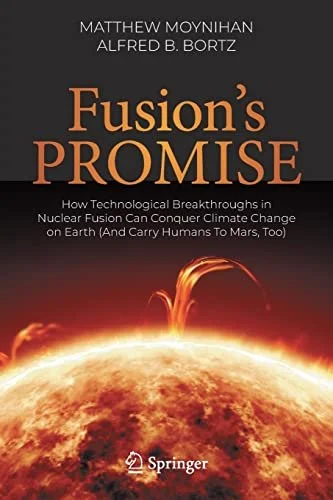A process that powers the sun and stars, nuclear fusion has been studied since the early 20th century for its potential as a source of energy production.
The first successful controlled release of fusion energy occurred in 1952 with the testing of the "Ivy Mike" hydrogen bomb by the United States. Since then, there has been an ongoing pursuit of nuclear fusion for peaceful purposes by research programs around the world with the hope of creating a sustainable, clean, and virtually limitless source of energy by replicating the processes that occur in the sun.
This book by nuclear engineer Dr. Matthew Moynihan and physicist Alfred B. Borate (aka Dr. Fred Borate) explains why the development of nuclear fusion as a practical energy source has been so difficult, with challenges ranging from extremely high temperatures and pressures and the problem of containing hot plasma to achieving a net energy gain from fusion reactions and creating structural materials for fusion devices that can withstand intense radiation for a long term.
They explain how these complex challenges are being addressed and why there is continuing hope that practical fusion energy could become a reality in the coming decades, decreasing the world’s reliance on fossil fuels for energy and reducing the carbon emissions causing a greenhouse effect on the Earth’s climate.
